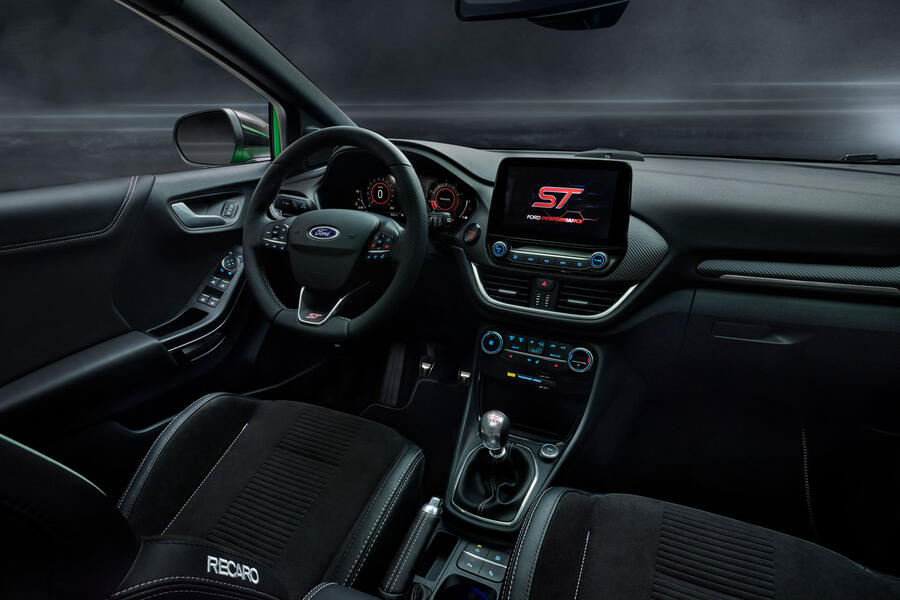Ford has bolstered its lineup of performance models with the addition of the Puma ST, the brand’s first European-market SUV to gain a dedicated performance range-topper.
Priced from £28,495 and available to order now, the hot Puma is the fourth entry into the ST range in Europe, joining similarly conceived versions of the Focus hatchback, Focus estate and Fiesta supermini, and is significantly reworked from the standard Puma that went on sale earlier this year.
The mild-hybrid 1.0-litre three-cylinder turbo petrol engine has been swapped out for the 1.5-litre turbo unit used in the Fiesta ST. Power output is unchanged at 197bhp – 46bhp more than made by the most potent Puma currently available. However, torque has been boosted from 214lb ft to 236lb ft, giving more linear acceleration and enabling the larger and 96kg-heavier Puma ST to match the Fiesta ST’s 0-62mph time of 6.7sec.
As in the Fiesta ST, the all-aluminium engine sends its reserves to the front axle via a six-speed manual gearbox. It’s equipped with a radial-axial turbocharger and integrated exhaust manifold for reduced lag, twin-independent variable cam timing and roll-restricting engine mounts designed to improve refinement and cornering performance.
While the Puma ST goes without the standard Puma’s mild-hybrid system, cylinder deactivation functionality can shut down an unneeded cylinder in as little as 14 milliseconds, helping to save fuel when coasting or cruising.
The Fiesta ST’s active exhaust valve technology also features, but it has been tuned to offer a “more composed cruising experience”, meaning the Puma ST is roughly one decibel quieter.
![]()
In what Ford is calling a first for the hot crossover segment, the Puma ST also gains a mechanical limited-slip differential, which works alongside a torque-vectoring system to minimise understeer and optimise grip. Further dynamic upgrades come in the form of new ‘force-vectoring springs’ that improve lateral stiffness at the rear, a rear twist beam that’s 50% stiffer than on the standard car and new anti-roll bars at both ends.

Join the debate
Add your comment